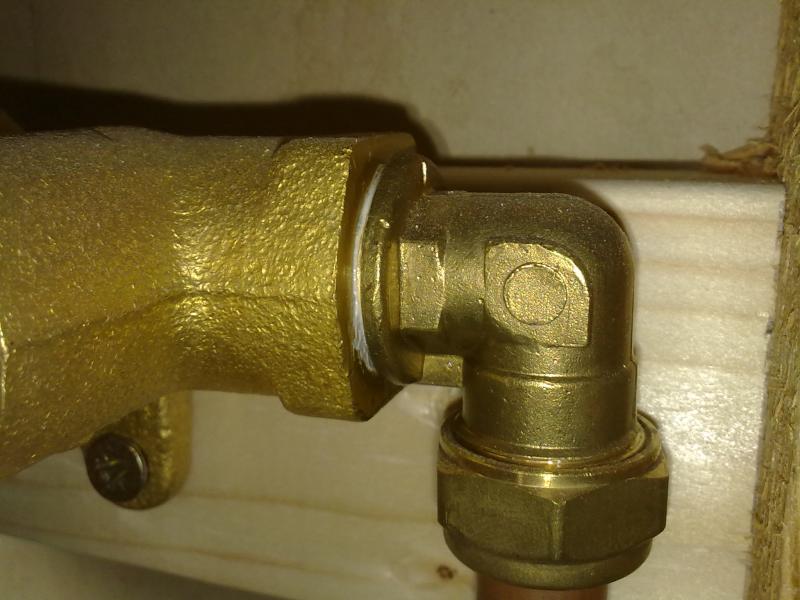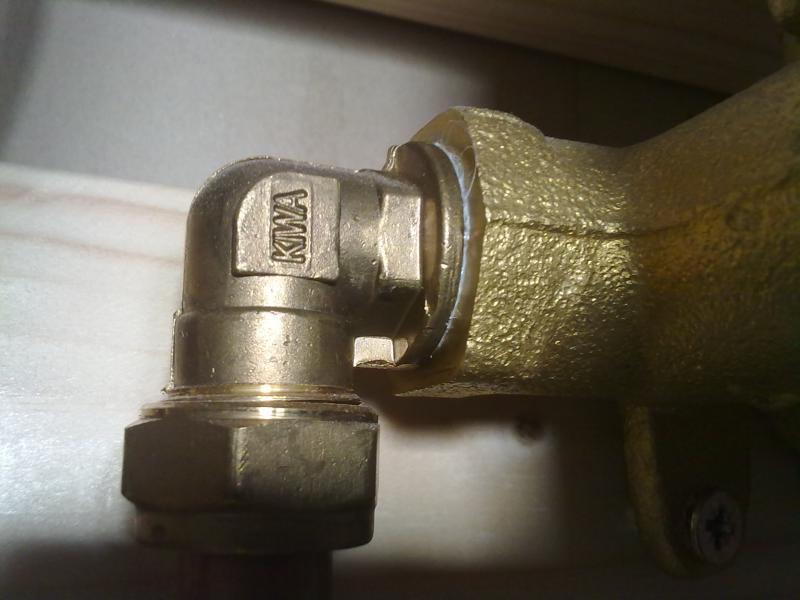Afternoon everyone,
I've got a concealed shower valve that I'm fitting in my bathroom. The hot and cold feeds are in the vicinity of the valve in 15mm copper now and the stud work is almost finished for the false wall, which will then be pb'd and tiled. The valve has two inlets and 1 outlet with plastic caps on marked '3/4"', my question is what's the best way to connect up the inlets and outlets? My Dad's suggested using tapered fittings so they tighten up well, are they going to be best? Goes without saying I think that the less prone to leaks the better!
Thanks.
I've got a concealed shower valve that I'm fitting in my bathroom. The hot and cold feeds are in the vicinity of the valve in 15mm copper now and the stud work is almost finished for the false wall, which will then be pb'd and tiled. The valve has two inlets and 1 outlet with plastic caps on marked '3/4"', my question is what's the best way to connect up the inlets and outlets? My Dad's suggested using tapered fittings so they tighten up well, are they going to be best? Goes without saying I think that the less prone to leaks the better!
Thanks.



